Paving tiles, or paving - beautiful, durable material, which is used for the device and decorating garden tracks, sites and indoor courtyards. All would be good, but, to my great unfortunately, a paving a paving - the pleasure is not cheap, but I want to make your yard and beautiful everyone, so I have such a huge desire. I could not buy a blocking in the required quantity - it turned out not for the pocket, but to make it yourself - easily. :) It is about how to independently produce a blocking, I will tell you in this article, completely illustrating the manufacturing process.
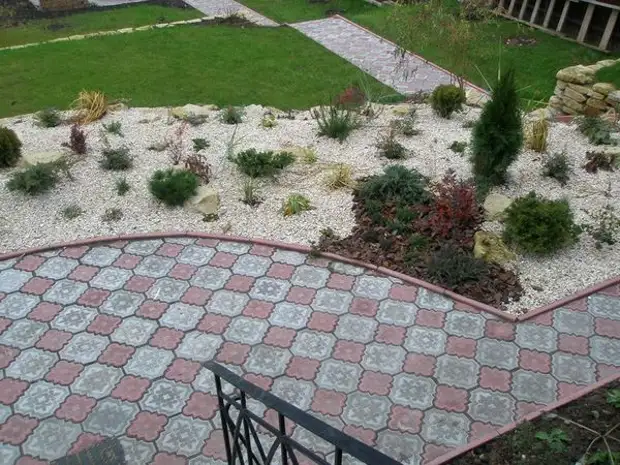
Actually, the production technology of blocks, like its recipe, was found by me on the Internet, the benefit of the information is more than enough, and I began to work.
For the manufacture of such paving slabs you need to have cement, sand, superplasticizer and, if desired, dye.
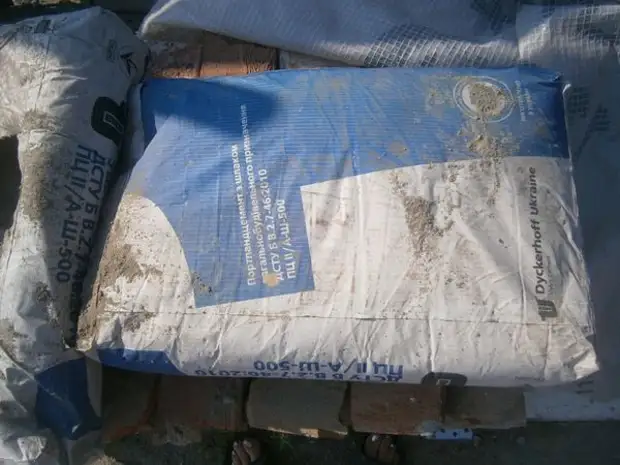
In the store I purchased several bags of cement of brand 500 and a superplasticizer, it will increase the strength of the paving slabs and increase its resistance to reduced temperatures.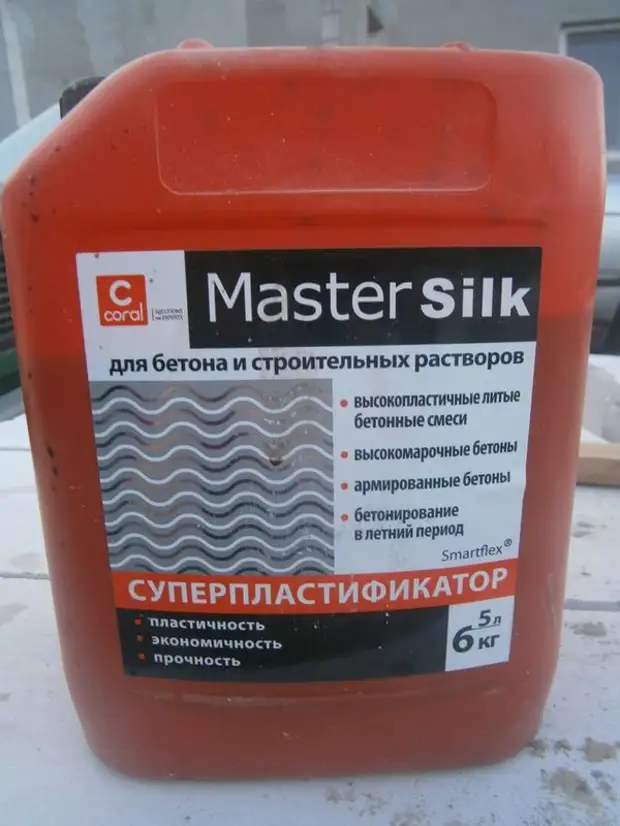
Not a huge, of course, but a very decent pile of sand, brought about a year ago from the local career, we had left after the completion of the house.
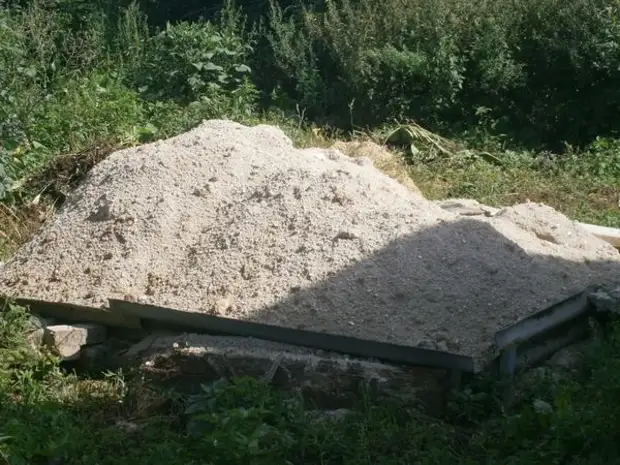
And I decided not to acquire a colorant-dye. Honestly, as for me, then the difference between the color and gray paving slave is small, the color still turns out with a shade of gray!
As a vibrationtol, without which the manufacture of high-quality pavers is simply impossible, it was decided to use the old washing machine Siemens, which has long served his time, but still very workers. If someone does not know why vibrationtol is needed, I explain - with its help, the maximum sealing of forms of any concrete elements is achieved, in our case a paving slaves that becomes more uniform and, respectively, strong.
I will tell you about the forms separately and in more detail.
When I shared the idea of self-making a paving stones with acquaintances, some of them offered me and make the forms on their own. Some offered to put on the shapes of old wooden boards, the second advised to use unnecessary tanks - trays, trudes, etc., the third persuaded to produce the forms of the special polymer itself. I, of course, the girl "With Hands", but did not dare to this, decided to buy ready-made forms, they are quite diverse, thanks to which you can choose a form with a beautiful pattern, which will be imprinted on the surface of the finished product, giving it a special charm and chic.
To buy forms, it was also not an easy thing, first it was necessary to decide which form I need: rubber, capable of withstanding about 500 castings - manufacturer cycles, plastic, which will serve about 250 cycles, or polyurethane, which does not exceed 100 castings . Rubber and plastic turned out to be fairly expensive, and, given that I was not 100% sure of a prosperous outcome of the case, I acquired ordinary polyurethane forms for the manufacture of blocks in the amount of 10 pieces.
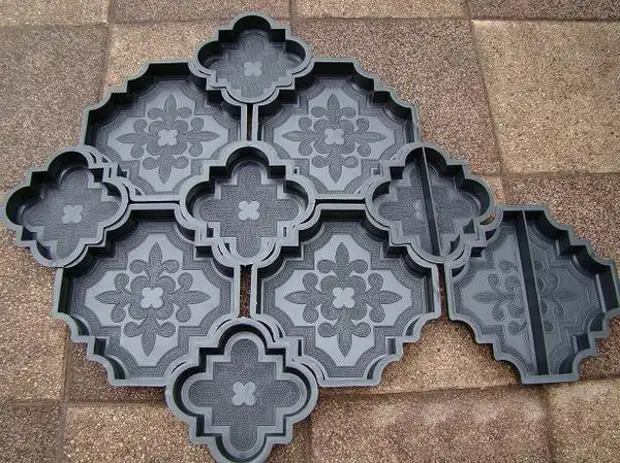
The production of blocks I started in May month, the benefit of the weather was favorable, and I continue to this day, I need a lot of paving stones. :)
Now I will describe you in detail the production technology of paving slabs - blocks. On one casting to fill 10 forms, I needed 10 kilograms of sand, 5 kg of cement and 30 grams of the superplasticizer.
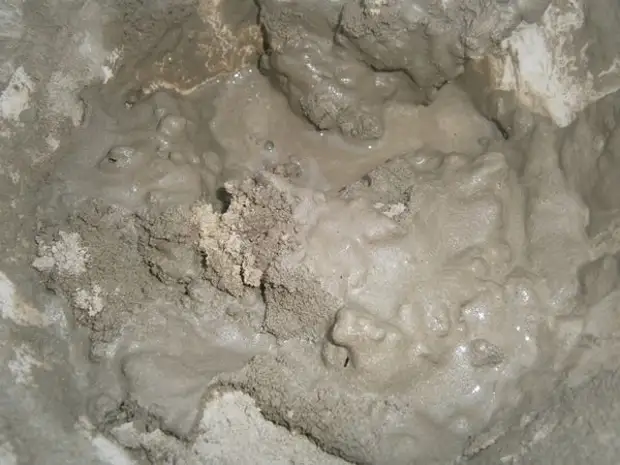
All of the above components, I mixed the usual manual method in a large plastic bucket and only then began to add water to small portions, stirring the mixture to a homogeneous mass - so that the solution was viscous.
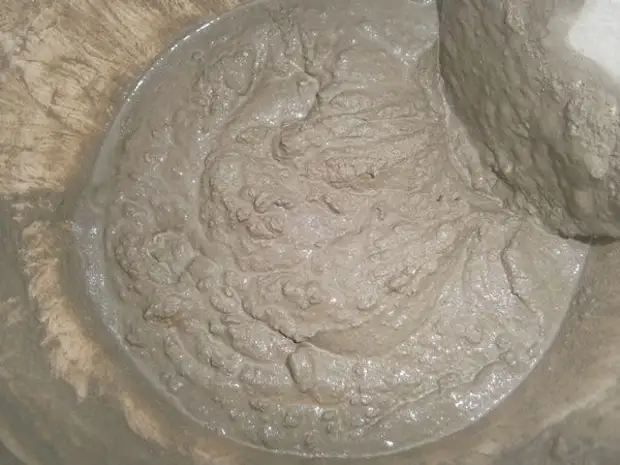
At this stage, the main thing is not to overdo it with water, its surplus will reduce the strength of the finished product at times!
In addition to the components listed by me above, a small gravel or explosion can be added to the mixture for casting paving.
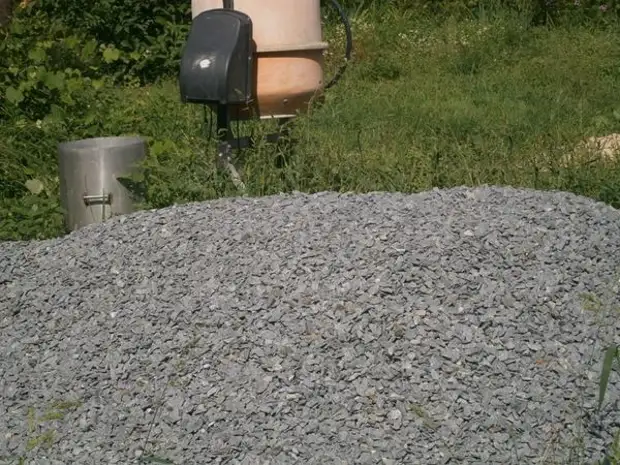
In addition, gravel will add up the products even more fortress, its inclusions will visually make a parallee more natural - "stone". The ratio of the solution in this case will be as follows: 30 grams of the superplasticizer, 2 parts of sand, gravel and cement.
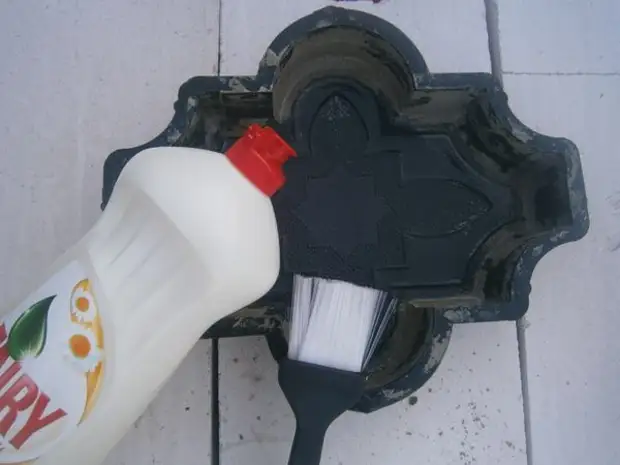
Before pouring our solution in shape, it must be lubricating a special emulsion. Emulsions For these purpose on the market, mass is sold, but I obeyed the Council of his old friend and handled the shape of an ordinary liquid for washing dishes - can be used any. I applied a liquid with a small tassel, gently distributing it with a thin layer over the entire inner surface of each form.
After all forms were processed, they need to be slowly filled with mortar. Forms I laid right on the top cover of the washing machine and, filling them on half, turned on the machine to the spin mode.
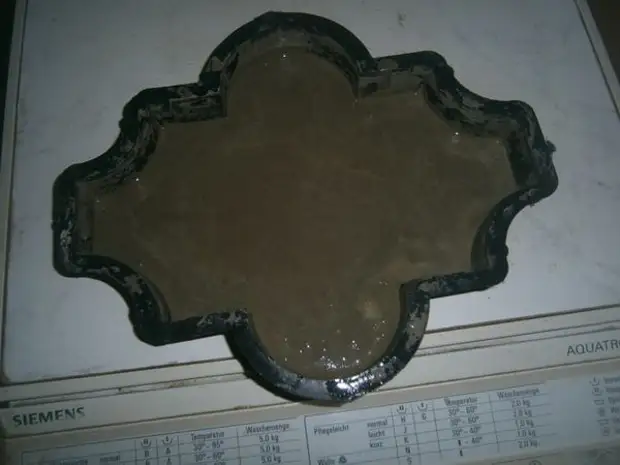
To reinforce the vibration, in the drum washing machine, I pre-put an old bedspread. As soon as the machine began to vibrate together with the forms, I added the remaining solution to them, filling them completely. Such an improvised vibrotol copes perfectly with its task, and the quality of vibration me is very pleased.
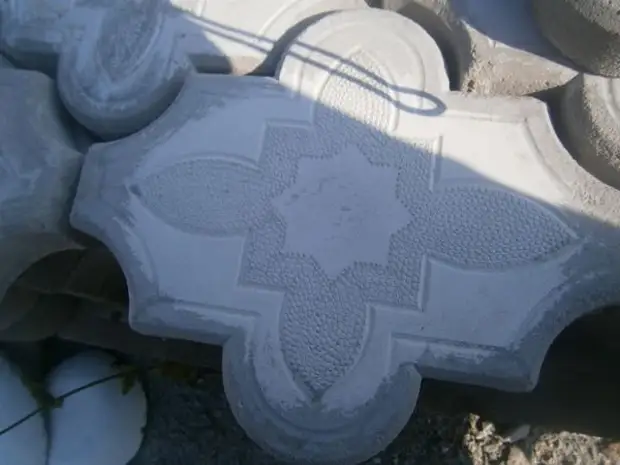
Then I shot the forms with a washing machine and, laying them out in the garage on racks, covered with an ordinary polyethylene film to prevent excessive evaporation of moisture. Only after two days, I removed a blocking from the forms, it was not recommended to do this before because we quickly formed cracks in the forms.
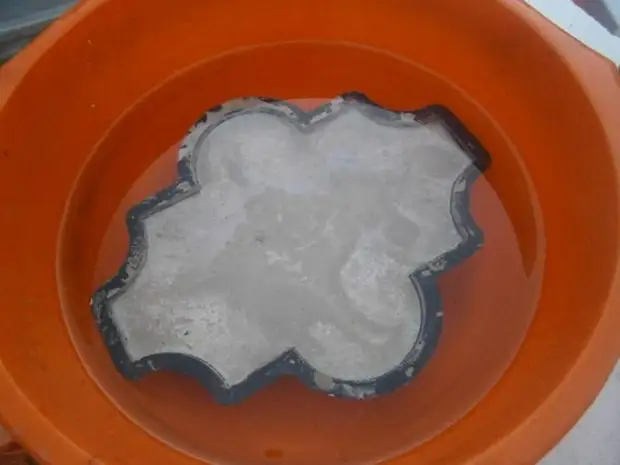
In order to remove the paving from the form, I lowered it for a few seconds into the water heated to 80 ° C, it contributes to the extension of the form, as a result, the blocking is very easily removed.
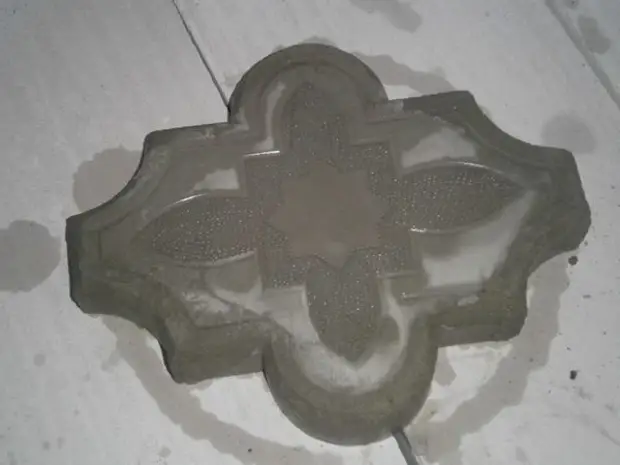
The released forms were filled with a new portion of the solution, and the pavetling stacked with rows on the Palet remaining from the acquired blocks.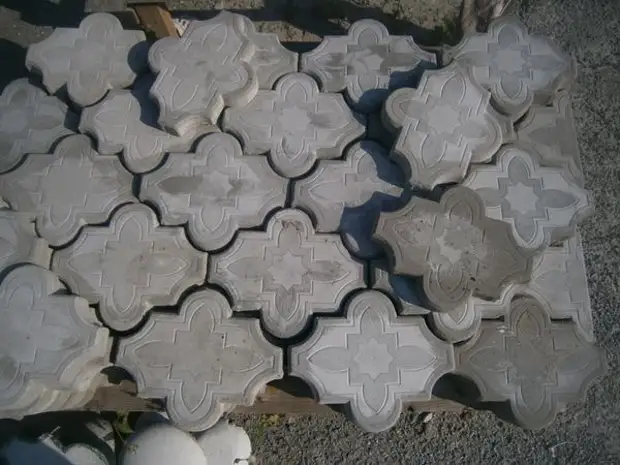
Finished products were stored for the first 10 days under a plastic film, everything is in the same garage, and then moved to the street and a month was kept for a set of strength.
Naturally, it makes sense to produce a paving slave only when you need it not very much, although the concept of "very much" has its own. :) But it was this method that was the most acceptable for me, especially since the work did not take me a lot of time and I performed it in the intervals between the main affairs and, most importantly, with great interest and pleasure.
It is necessary to make a blocking with your own hands or not, everyone decides himself, and I can only say that it is exciting, it is easy and profitable. I hope my little master class on the manufacture of paversing will be useful for you, try and boast your results.
Share - Tatiana.
A source
